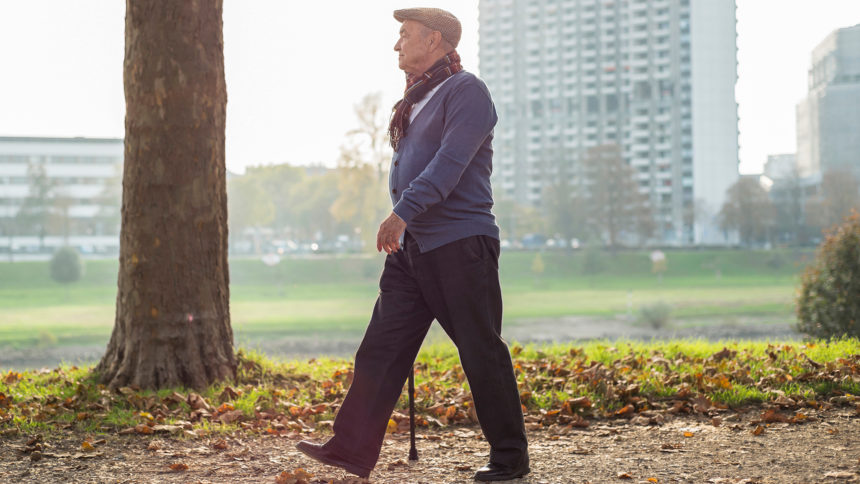
Formal exercise isn’t the only way for people with multiple sclerosis to participate in much-needed physical activity, according to University of Alberta researchers.
People with MS are often less active than their peers due to symptoms such as fatigue and reduced mobility. But gradually adding movement into everyday life may be an attainable goal, said Patricia Manns, Ph.D., a professor in the Faculty of Rehabilitation Medicine.
Manns and colleagues followed 40 people with MS during a 15-week program to test this theory. Participants were encouraged to break up sedentary times by slowly boosting their step count each day. The additional exercise resulted in a drop in participant fatigue levels and an improvement in most MS symptoms, Manns reported. Walking speed and walking endurance also improved.
“People live with MS for many years, and using an approach like this may play an important part in helping them to be more active and manage disease symptoms,” Manns concluded.
One participant told the researchers that his view of exercise changed during the experiment, the researchers added.
“Before, being active meant going for a swim or going for a long walk, going to the gym, going for a workout, doing yoga,” he told them. “I guess I wouldn’t have thought going to the mailbox was being physically active.”




